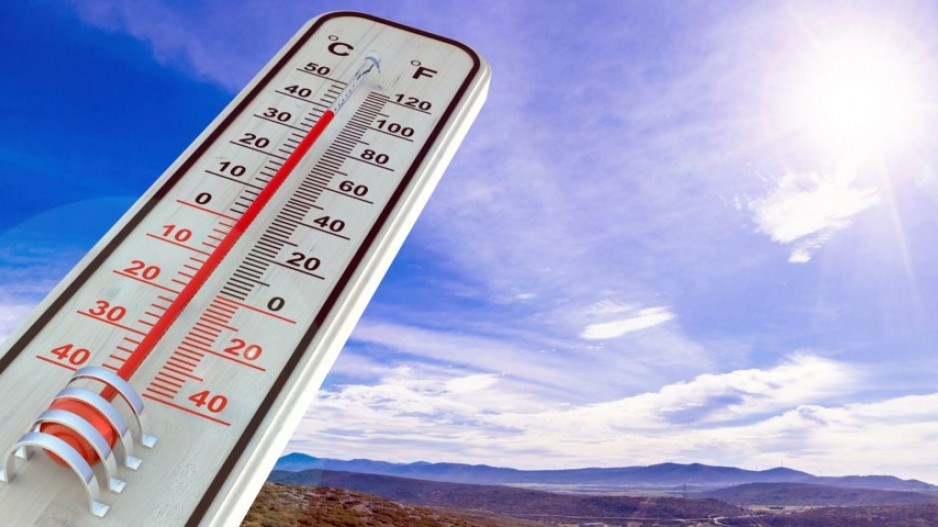The 2021 summer heat wave and the resulting 557 deaths would have been impossible without climate change, Union of B.C. Municipalities delegates heard Sept. 15.
And, said B.C. Health Minister Adrian Dix, the alarmingly high temperatures at the end of June are a warning of things to come as climate change continues to affect the planet.
“It is a very stark reminder that climate change is real,” added provincial health officer Dr. Bonnie Henry.
Dr. Sarah Henderson, scientific director for the BC Centre for Disease Control, environmental health section, said most deaths occurred in private homes where people did not have air conditioning. Of the rest, 35% occurred in hospitals and 30% in long-term care homes.
Further, she said, more deaths happened in places with less green space, lower income areas and among those who lived alone.
The Fraser Health Authority and Vancouver Coastal Health regions experienced the most deaths. Henderson said deaths increased – at a rate of 100% – above normal all across the province.
Deaths occurred mainly among people 55 years and older with the elderly at most risk. No children died in the heat wave.
Henry said B.C. began putting a heat warning system in place in 2018 to assist health authorities and municipal governments to prepare for such events. She said the province is divided into five heat zones where things are handled as local needs dictate.
Henry said cooling centres, water and media alerts are critical to the programs.
But, 2021 challenged that system. “This was not something like we had ever experienced before,” Henry said.
Henderson said some of the temperatures seen had never been seen before.
Henderson stressed the full impacts of the heat wave are yet to be known as the B.C. Coroners Service continues to investigate individual deaths.
Heat dome started in Southeast Asia
Meteorologist Johanna Wagstaffe added her voice: “This event was virtually impossible without climate change.”
Wagstaffe explained that the heat dome that eventually impacted B.C. – and indeed impacted Canadian weather nationally – began as a wave in the jet stream in Southeast Asia. When that wave arrived on the West Coast, it locked in place, Wagstaffe said. It’s something usually seen in the U.S. southwest around the so-called four corners where Arizona, Utah, Colorado, and New Mexico meet.
The dome went far into the atmosphere with pilots noticing it on their temperature sensors, she said.
“Not only were we getting cooking of the air below,” she said, “air cooked lower and lower each day.”
Wagstaffe said it was expected that Canadian high temperature records were going to be shattered soon. But, she said, it was expected to happen in Saskatchewan, not B.C.
“We didn’t expect it this early in the decade and we didn’t expect it this early in the season,” she said. “Climate change is shifting the baseline.”
She said we will see such events every one to five years rather than every 1 to 1,000 years.




